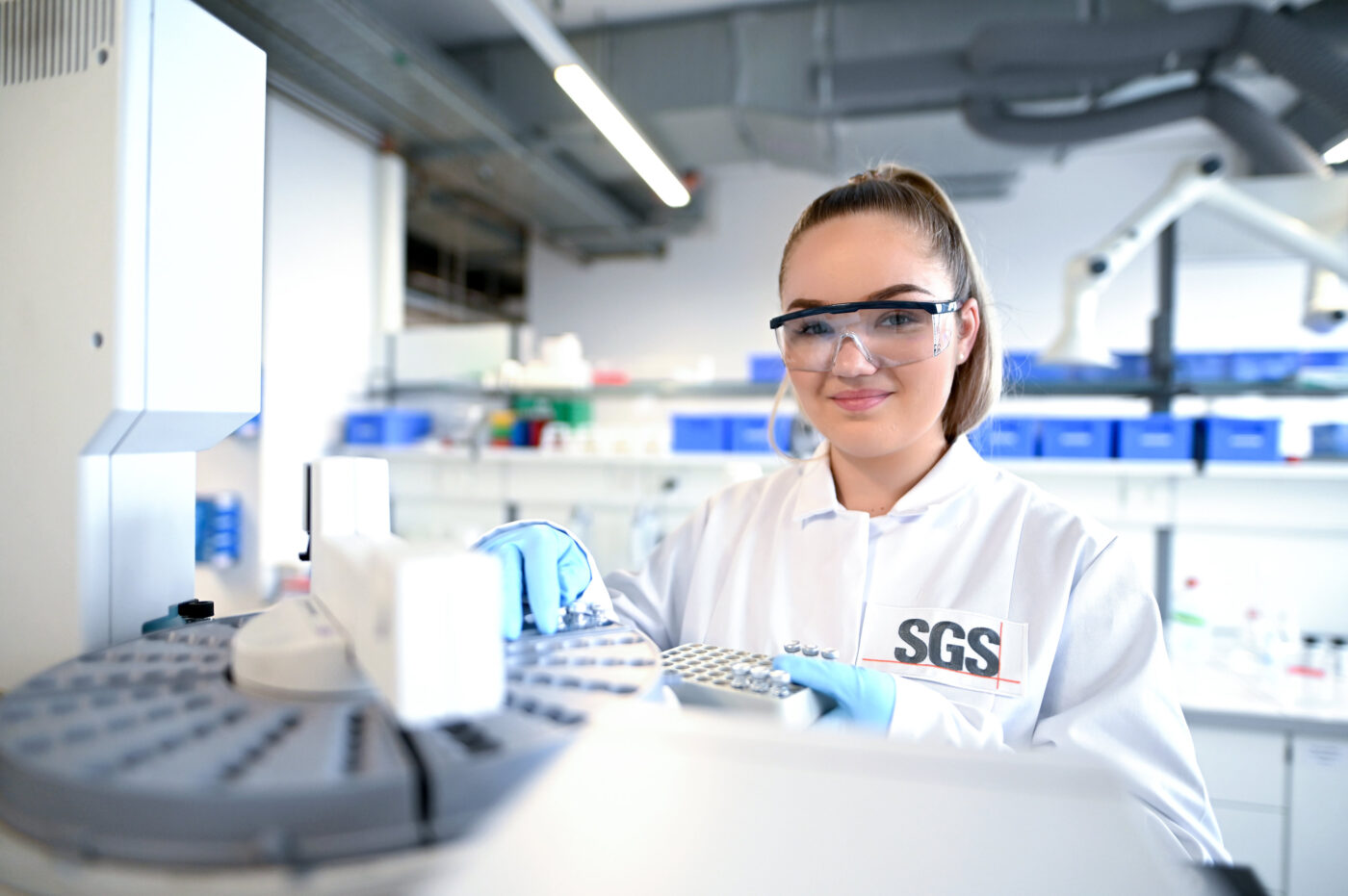PAHs, Alkylated PAHs and Naphthenic Acids
Products of combustion and by-products of fossil fuel extraction represent a present and growing threat to human and ecosystem health. Measurements that go beyond standard tests of a handful of priority Polycyclic Aromatic Hydrocarbons (PAHs) are key in understanding sources, fingerprinting and measuring ecosystem-wide occurrence of these important compounds.
Alkylated PAHs (arising from low temperature petrogenic processes) may be even more important than their parents, as they are more persistent, found in higher concentrations, and more toxic. Measurement of Alkylated PAHs is critical to differentiating between pyrogenic (combustion) and petrogenic (fuel derived) sources, providing more lines of evidence on hydrocarbon fingerprinting.
- Our GC-MS SIM approach provides low reporting limits for a comprehensive suite of 70+ priority PAHs, alkylated PAHs and other Polycyclic Aromatic Compounds (PACs) including parent and substituted thiophenes.
- We measure PAHs in all environmental and biota matrices, and in passive samplers, and can provide custom methods for studying PAH metabolism in many animal species.
- Our unique, custom-developed LC-MS/MS method for naphthenic acids, provides a cost-effective approach in oil sands and other oil extraction sources; and has been benchmarked successfully in multi-laboratory comparison studies.
Alkylated PAHs and Naphthenic Acids Analysis
|
Family |
Targets |
|
PAH |
18 |
|
a-PAH |
47 |
|
Biphenyl |
1 |
|
a-Biphenyl |
2 |
|
Benzothiophenes |
1 |
|
a-Thiophenes |
6 |
|
Grand Total |
75 |

Application Spotlight
Environmental Canada scientists (Mundy et al., 2019) used an innovative approach with SPMD extracts to collect the complex oil sands mixture in the field and make it available for lab-based in-vitro testing. SGS AXYS provided the measurement for a suite of 75 parent and alkylated Polycyclic Aromatic Compounds (PACs) in the SPMD.
This measurement goes well beyond the usual set of 18 or so PACs routinely monitored for health effects. Sites with higher PAC concentrations had the most gene alteration, and higher levels of oxidative stress.
Passive sampling is great for this kind of study as it provides a representative, time-averaged sample for exposure testing rather than a time-snapshot water sample.
Contact SGSWhy SGS for Ultratrace Analysis?
- POPs and emerging contaminant expertise: Passive and active sampling projects require experienced analysts and scientists with particular sampling experience.
- Support for samplers including cleaning, loading and more
- Customized Analytical Plans: Tailored testing protocols to address unique project challenges including custom performance reference compounds (PRCs)


